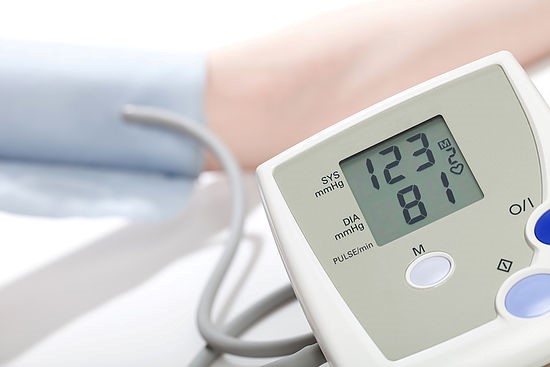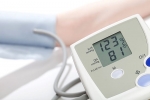
Dr. Richa Mittal
Recently, in 2017, the American College of Cardiology/American Heart Association (ACC/AHA) Guideline came out introducing new categories of high blood pressure.
According to these new guidelines, many people now are considered to have high blood pressure. For those in the early stages, lifestyles changes are crucial.
The new categories are:
1) A blood pressure less than 120/80 is normal.
2) Elevated BP is 120-129/less than 80 mm Hg
3) Hypertension stage 1 is 130-139 or 80-89 mm Hg
4) Hypertension stage 2 is equal or greater than 140 or ≥90 mm Hg.
If you have concerns about your blood pressure, please talk to your doctor. Before labeling a person as having high blood pressure, the blood pressure needs to be observed to be elevated on 2 measurements on two occasions and with at-home monitoring as well. Work with your doctor to establish if your BP is too high and if you need to be on medication.
Why is high blood pressure a problem?
In 2010, hypertension (high blood pressure) was the leading cause of death and disability worldwide. The risk for heart disease and stroke goes up in a linear fashion with increasing blood pressure. A 20 mm Hg higher systolic BP (the top number) and 10 mm Hg higher diastolic (lower number) are each associated with a doubling in the risk of death from stroke, heart disease, or other vascular disease.
In people over the age of 30, high blood pressure is associated with increased risk for heart attack, heart failure and stroke.
When other risk factors like smoking, overweight and obesity, diabetes, increased cholesterol, lack of exercise, unhealthy diet, stress, and sleep apnea are present, these increase your risk further.
What can you do about it?
Each lifestyle change can typically be expected to lower your blood pressure by 5 mm Hg for systolic (top number) and by 2-4 mm Hg for lower number. Diet changes can decrease it by 11 mm Hg! Bottom line: Lifestyle changes are essential and they work!
- Reduce your weight if you are overweight or have obesity- even a 5% reduction in your weight has positive effects on your health!
Talk to your doctor not only about your BMI but also about your waist measurement. For many ethnicities, increased waist size is a sign of metabolism issues and increased risk for heart disease. (Read my prior blog post from April 19th for more info on this.) - Eat a diet low in sodium and rich in potassium. Increase fruits, vegetables and whole grains.
- Cut down your alcohol intake- no more than 2 drinks for men and no more than 1 for women per day
- Increase your physical activity! Please read my blog post from June 28th for more details on how much exercise is ideal. (Practical Tips for Maintaining a Healthy Lifestyle: Are You Moving Enough?)
- Reduce stress! Find ways to unwind and unplug from your devices daily.
- Discuss with your doctor if you need to be on medication. Based on your risk profile (if you have other risk factors, your age, and your calculated 10 year risk), you may benefit greatly by being on medication to treat your blood pressure.
- Get screened for secondary causes of blood pressure. Your doctor will determine if this is necessary.
- Follow up closely with your doctor if you have issues with your blood pressure to make sure the changes you are making are enough!
I hope you found this information useful. Share the new guidelines with your family and friends and if they have concerns, have them speak to their doctor. It will make a difference!
Be well.
The Content is not intended to be a substitute for professional medical advice, diagnosis, or treatment. Always seek the advice of your physician or other qualified health provider with any questions you may have regarding a medical condition.

